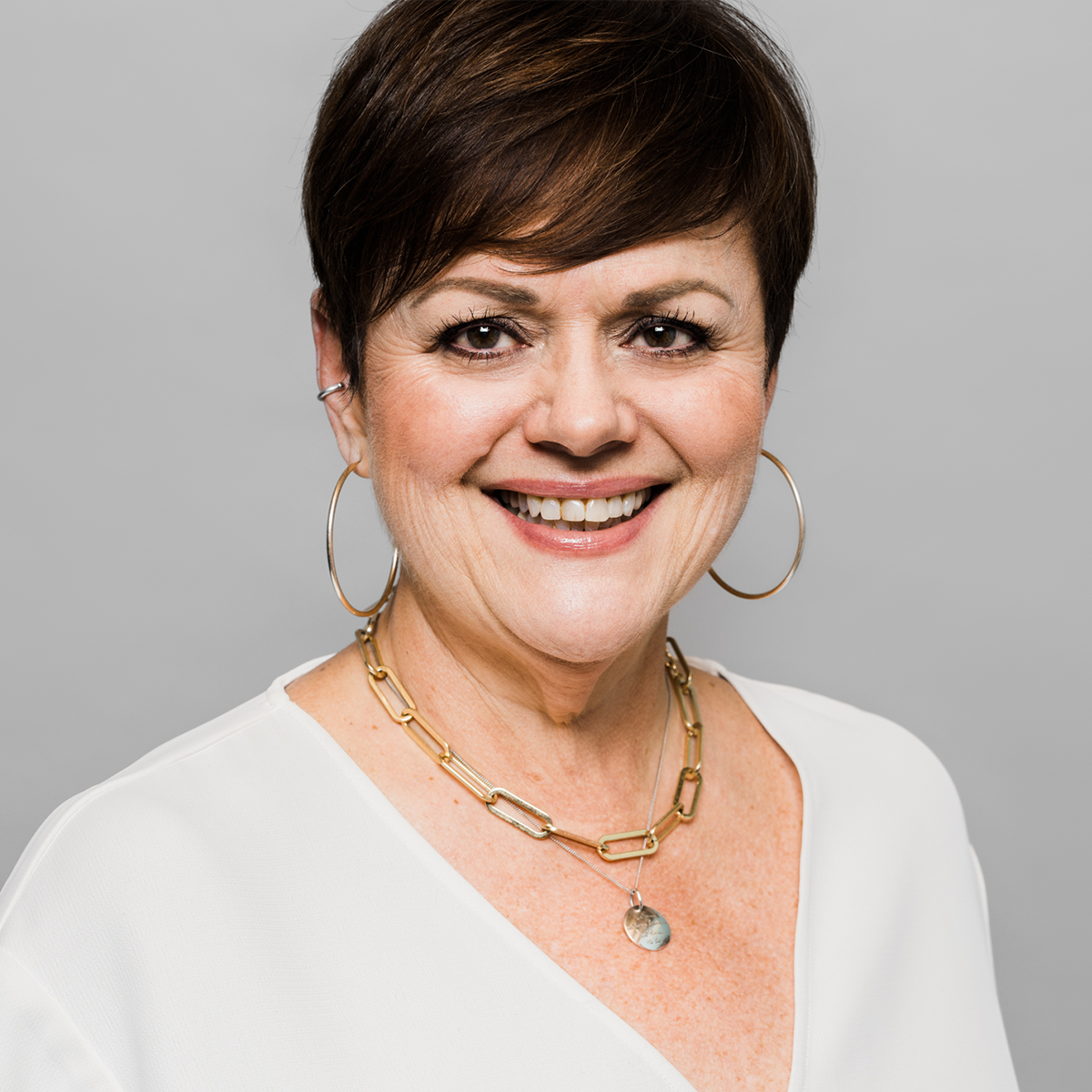We kicked off 2017 with the promise to deconstruct what we believe are the most effective ways to achieve meaningful change. To that end, we have presented series focused on Collective Creativity and The Power of Immersive Experience. Below is our fourth installment in our final series, “Learning in a Modern Age,” in which we shift our attention to learning and development.
Girls and women are taught to be perfect, while boys and men are taught to be brave. Perfectionism has its value, of course, but it can also be a paralyzing preoccupation, especially in fields that demand constant innovation. This was a core message at a Women’s Leadership Summit I facilitated this year and it shaped my approach to the innovation activity I was leading for women at the summit.
The keynote speakers—among them Reshma Saujani, founder of Girls Who Code—highlighted again and again the importance of women not shying away from the risk of failure. She argued that society has long focused on telling women to be perfect, when the focus should be on telling them to be brave. Saujani shares that girls are taught “to smile pretty, play it safe, get all A’s. Boys, on the other hand, are taught to play rough, swing high, crawl to the top of the monkey bars and then jump off head first.” Tiffany Dufu, author of Drop the Ball, echoed Saujani’s sentiments, sharing lessons from her own professional life in which the demands for perfection had stood in the way of ultimate success. Listening to their inspiring words reinforced the importance of giving women the space to create new ideas without judgment and leverage their unique points of view in developing innovative products and new ways of working.
The best learning happens when people collectively develop and share ideas, test and challenge them, and build a common understanding through dialog and practice.
As a long-time facilitator of collaborative workshops, I believe that the best learning happens when people collectively develop and share ideas, test and challenge them, and build a common understanding through dialog and practice. Having the courage to put nascent ideas out into the world, allows us to benefit early from the wisdom of our peers and grow our own perspectives. And when it comes to achieving innovation, an iterative process is essential. Correctives allow us to go from talking about innovation to achieving it. Therefore, it is also essential that our women leaders be unburdened of the demands for perfection that can hinder their ability to boldly offer up ideas, even when they might prove to be in need of refinement.
Overcoming the “perfection or bust” mindset (Suajani) which women internalize from girlhood must occur on multiple fronts. As organizational leaders we can build skills that support this process. For example, when I facilitated an innovation learning activity at the conference, I began by inviting the group of women to frame challenges in terms of probing questions, inviting exploration and discovery rather than fully baked answers. Drawing on the principles of design thinking, I began activities with an ideation exercise using the prompt, “How might we…” achieve our various innovation goals.
I then employed “evaluation cards”, with the aim of guiding the group toward boldly experimenting with new ideas. Each team received a card on which to document their ideas (including ability to address unmet stakeholder needs, impact on organizational business goals, and capacity to create value). Teams then traded cards with one another in order to evaluate and provide feedback along several dimensions. Trading back and forth with other teams created a playful atmosphere that freed up the group. Working in teams rather than as individuals also provided an easy entre into this process of ideation, evaluation, and refinement.
By undercutting the demands for perfection, these activities increased the groups’ willingness to put nascent ideas out there and to solicit feedback. Again, allowing ideas to be evaluated early on immediately kick-starts the iterative process, as ideas are honed in conversation with the wisdom of colleagues. Such a process allows good ideas to get better quicker, and avoids the inefficacies of spending unnecessary time and resources on ideas that aren’t viable. To the degree that women remain captive to the “perfection or bust” mindset, we are barred from the benefits of these processes.
I often emphasize to clients the value of experimentation and collaboration in developing ideas, but what struck me both in the words of our keynote speakers and in watching the women leaders in attendance as we worked together, was the component of bravery. Throughout the summit I was forced to confront the fact that women, because we are socialized in ways different than men, will encounter unique obstacles to the achievement of experimentation with ideas and the practice of collaboration. Though I had perhaps felt this myself, I had not articulated the ways in which overcoming the demands of perfectionism demands nothing short of a courageous act for many women. In short, I recommitted myself to developing a culture—in organizational leadership, facilitation practice and beyond—that encourages, recognizes and valorizes the bravery of women.
Back




